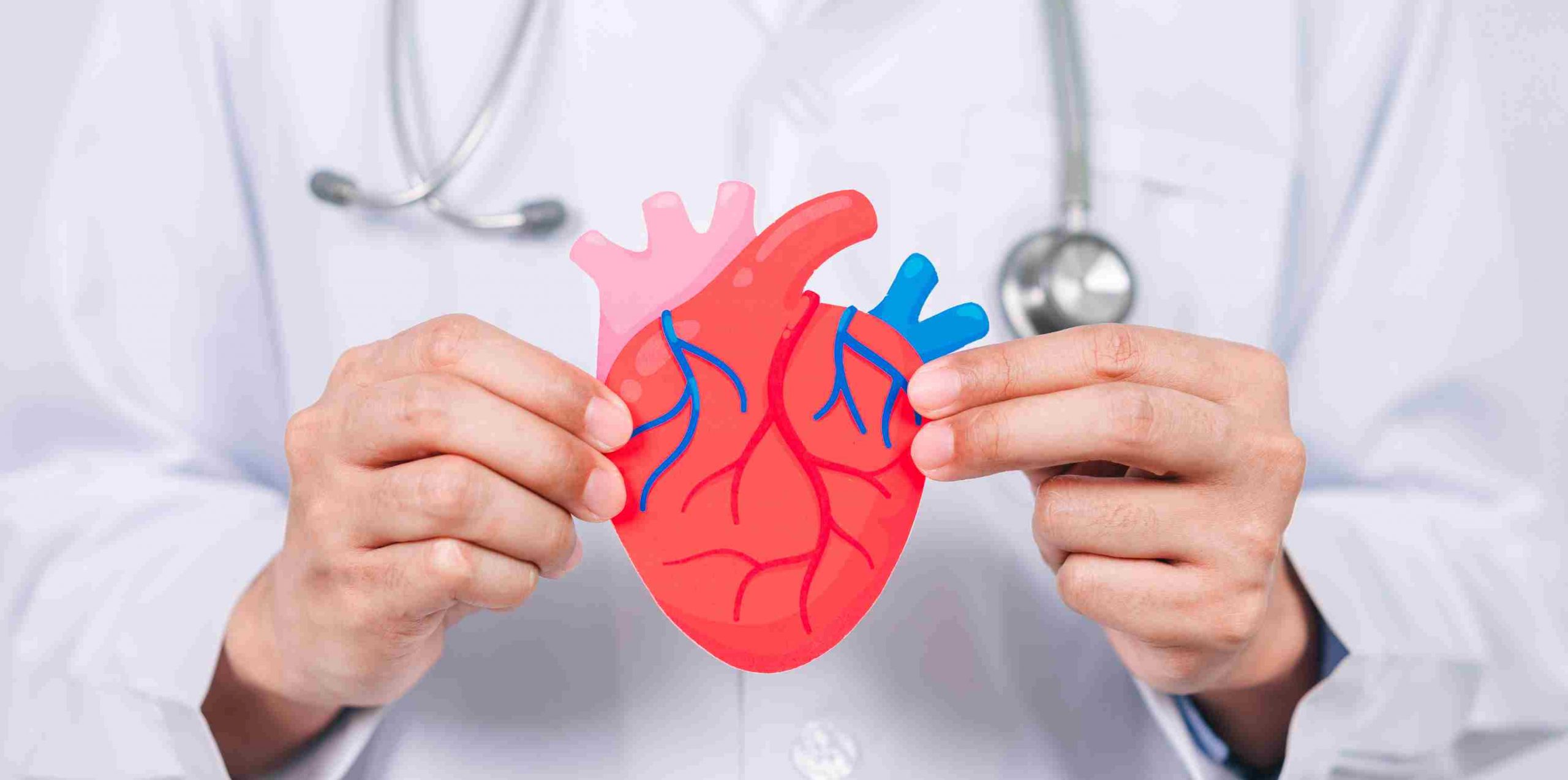• Introduction
• Prioritizing Preventive Health Check-Ups for Enhanced Longevity and Wellness
• Early Disease Detection and Management
• Monitoring and Managing Existing Conditions
• Lifestyle Consultations
• Aging and Health Management
• Tips for Prioritizing Preventive Check-Ups
• Conclusion
Introduction
Regular medical check-ups are essential in maintaining general well-being and identifying potential health issues at an early stage. They serve as a key component in both the prevention and treatment strategies for various ailments, contributing significantly to the long-term preservation of physical and psychological health. These check-ups enable early detection of serious conditions such as hypertension, diabetes, heart diseases, and certain types of cancer, thereby increasing the chances of effective treatment and better outcomes. They also involve risk assessments and lifestyle consultations, which are vital in developing individualized health management and prevention strategies. Additionally, they play a crucial role in monitoring existing conditions, ensuring optimal disease management, and enhancing quality of life. Regular check-ups are thus an indispensable tool for proactive health care and maintaining a healthy lifestyle
Prioritizing Preventive Health Check-Ups for Enhanced Longevity and Wellness
Prioritizing preventive health check-ups is crucial for maintaining overall well-being and managing potential health risks. These check-ups serve as an early warning system, identifying possible health issues before they become severe. According to the Centers for Disease Control and Prevention (CDC), chronic diseases such as heart disease, cancer, and diabetes account for 7 out of every 10 deaths in the U.S. and treating chronic diseases accounts for 86% of U.S. healthcare costs. Preventive health check-ups can significantly reduce these numbers by catching diseases in their early stages when they are most treatable and less costly to manage.
Regular screenings play a vital role in preventive healthcare. For instance, the American Cancer Society highlights the importance of cancer screenings in reducing mortality rates. Early detection of cancers, such as breast, cervical, and colorectal cancer, through routine screenings, has been shown to significantly improve survival rates. For example, colorectal cancer has a 90% survival rate when detected early.
Moreover, preventive check-ups are not only about disease detection; they also focus on lifestyle consultations and vaccinations, which are key components in maintaining long-term health. Lifestyle changes, as advised during these check-ups, can prevent or delay the onset of chronic diseases. The World Health Organization (WHO) reports that lifestyle-related factors like diet, physical activity, and tobacco use influence the risk and progression of chronic diseases. Preventive care thus plays a significant role in reducing healthcare costs and improving quality of life by promoting healthy habits and early intervention.
Early Disease Detection and Management
Preventive health check-ups play a crucial role in early disease detection, helping to catch potentially serious health issues before they escalate. These check-ups are particularly effective for conditions like cancer, heart disease, and diabetes, where early intervention can lead to more successful outcomes. Regular screenings, such as mammograms for breast cancer or colonoscopies for colorectal cancer, are instrumental in detecting diseases at stages when they are most treatable. Additionally, these check-ups offer an opportunity for healthcare providers to assess and address risk factors related to lifestyle and genetics, guiding individuals towards healthier life choices.
• Screening Tests: Key in detecting diseases early.
• Risk Factor Assessment: Evaluates genetic and lifestyle risks.
• Cost-Effective: Early intervention reduces long-term healthcare costs.
• Lifestyle Guidance: Offers advice on diet, exercise, and stress management.
Monitoring and Managing Existing Conditions
For individuals with existing health conditions, regular check-ups are essential for effective disease management. These check-ups allow healthcare providers to closely monitor the progression of chronic conditions like hypertension or diabetes and adjust treatment plans as necessary. Early detection of any changes in health status through these check-ups can be crucial in preventing complications. The process not only helps in managing the disease more effectively but also enhances the patient’s overall quality of life by offering personalized care based on their specific health needs.
• Chronic Disease Management: Tracks and manages ongoing health issues.
• Treatment Adjustments: Customizes treatment plans as needed.
• Complication Prevention: Identifies and addresses potential health complications early.
• Personalized Healthcare: Tailors healthcare strategies to individual needs.
Lifestyle Consultations
The role of lifestyle consultations within medical check-ups is becoming increasingly vital for overall health and well-being. These consultations focus on evaluating and improving various lifestyle factors that significantly impact an individual’s health. Here’s an in-depth exploration of the benefits and importance of preventive health care in lifestyle consultations:
Personalized Health Plans:
• Lifestyle consultants assess individual health needs, and past experiences with diets, exercises, and lifestyle changes to create personalized health and fitness programs.
• These tailored programs align with each person’s unique lifestyle and health goals, ensuring a more effective approach to health management.
Nutrition and Diet Guidance:
• A key component of lifestyle consultations is providing advice on nutritional habits.
• Consultants offer recommendations for balancing macronutrients and micronutrients, portion control, eliminating unhealthy foods, and incorporating nutrient-rich foods into the diet.
• This guidance is crucial for both prevention and management of conditions like diabetes, heart disease, and obesity.
Physical Activity Recommendations:
• Based on an individual’s physical condition and medical history, consultants recommend suitable levels of physical activity.
• This could include regular exercise, sports, walks, or other physical activities that promote health and well-being.
• Maintaining a healthy body weight, enhancing cardiovascular health, and lowering the risk of chronic illnesses all depend on regular physical exercise.
Emotional and Mental Support:
• Lifestyle consultants provide emotional support, helping individuals navigate the challenges associated with changing lifestyle habits.
• They employ a holistic approach to address emotional well-being, which is a critical aspect of overall health.
Stress Management Strategies:
• Consultants assist in developing effective stress management techniques.
• These strategies might include relaxation techniques, meditation, and psychological support, which are important for both mental and physical health.
Social Life Balance:
• A lifestyle consultant also helps in managing and balancing work and social life.
• They understand the importance of social interactions and help individuals schedule a balanced social life amidst busy work commitments.
Broader Knowledge in Health and Wellness:
• Lifestyle consultants are trained in various dietary theories and lifestyle coaching techniques.
• They stay updated with the latest information related to wellness and lifestyle, providing accurate and comprehensive guidance.
Achieving Personal Goals:
• Consultants work with clients to break down bad habits and achieve personal health goals through a gradual and effective process.
• They act as a sounding board for decision-making, helping clients work through roadblocks to achieve their goals.
Aging and Health Management
Aging management in preventive health check-ups is increasingly important due to the growing number of older adults and the prevalence of chronic conditions among this population. Early detection of cognitive decline, such as Alzheimer’s and other dementias, is crucial in managing chronic health conditions and formulating comprehensive healthcare plans.
The CDC’s Alzheimer’s Disease and Healthy Aging Program aims to improve understanding and management of brain health as a central part of public health practice. This includes forming partnerships, collecting data, and supporting populations with a high burden of Alzheimer’s disease and related dementias. Moreover, the Building Our Largest Dementia Infrastructure (BOLD) Act was established to promote early detection and diagnosis, reduce risk, prevent hospitalizations, and support dementia caregivers.
Clinical preventive services also play a significant role in aging management. They include screenings for chronic conditions like cancer, high blood pressure, and type 2 diabetes, as well as immunizations for diseases such as flu and pneumonia. The CDC funds various programs to improve these services, focusing on increasing chronic disease screening rates and working with healthcare organizations for better management of conditions like high blood pressure and high cholesterol.
Tips for Prioritizing Preventive Check-Ups
Prioritizing preventive check-ups in healthcare is essential for maintaining good health and well-being. preventive check ups are routine health care measures intended to help individuals stay healthy, regardless of whether they are experiencing any symptoms. These check-ups generally focus on evaluating health when symptom-free, offering routine checkups and screenings, and decreasing the risk of developing health issues, even for those in the best shape of their lives.
Understanding the difference between preventive care and diagnostic care is crucial, as they are usually covered differently by health plans. Preventive care is designed to keep you healthy and is often covered by most health plans with no out-of-pocket cost when you see a network provider. In contrast, diagnostic care, which includes care or treatment when you have symptoms or risk factors that your doctor wants to diagnose, could have additional costs depending on your plan coverage.
Preventive care includes routine physical examinations, immunizations, well baby and well-child care, mammography, colonoscopy, sigmoidoscopy, and cervical screening. Regular preventive care visits and health screenings may help identify potential health risks for early diagnosis and treatment.
Preventing disease and detecting health issues at an early stage is crucial to living a healthier life. Following preventive care guidelines and your doctor’s advice may help you stay healthier.
To make preventive check-ups a priority, it’s recommended to schedule appointments preemptively, allowing you to fit these essential health evaluations into your busy schedule. Being well-prepared for your appointments by bringing any necessary medical records, test results, and a list of questions or concerns can help you get the most out of your healthcare experience. It’s also important to find a healthcare provider who aligns with your specific needs and shares your commitment to preventive care.
In Conclusion
One of the key takeaways is the necessity of making preventive check-ups a priority. By scheduling regular visits, preparing for appointments, and choosing healthcare providers who emphasize preventive care, individuals can significantly enhance their health outcomes. Remember, preventive care is not just about avoiding illness; it’s about fostering a healthier, more vibrant life.
By embracing the insights and tips shared in this blog, readers are encouraged to take charge of their health journey. Regular preventive check-ups are not just a healthcare routine; they are a commitment to a healthier, more fulfilling future. Let’s prioritize our health today for a brighter, healthier tomorrow.
Dr. Ellen Mellow, with over 24 years of experience in cardiology and internal medicine, can be an invaluable resource for patients seeking preventive health check-ups.



